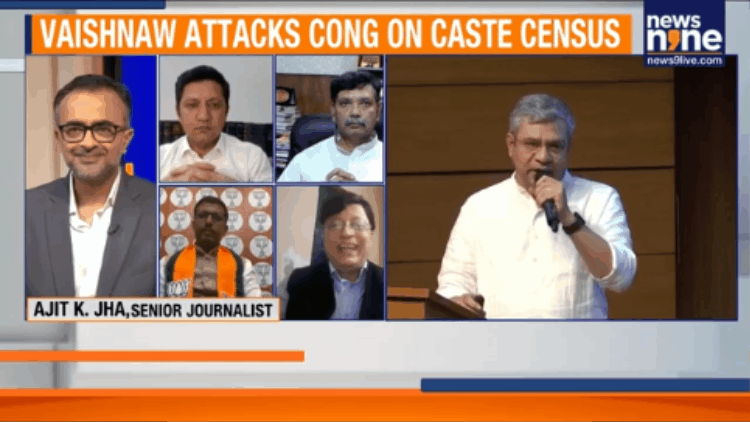New Delhi: The Indian government’s decision to include a caste census in the upcoming population count has ignited a fervent debate. Announced by Minister Ashwini Vaishnav, this move precedes crucial assembly elections in Bihar and Tamil Nadu, both states characterised by a substantial OBC (Other Backwards Classes) and EBC (Extremely Backwards Classes) population. The timing of the announcement, close to these elections, has fueled speculation about its underlying political motivations.
Proponents argue that the caste census is essential for implementing targeted development programmes. The data collected will allow for a more accurate assessment of social and economic disparities among different caste groups. This, in turn, would facilitate the design of effective policies aimed at reducing inequality and promoting social justice. Supporters also highlight the need for updated caste data to ensure fairness and equity in the distribution of resources and opportunities.
However, critics view the decision as a calculated political strategy designed to sway voters. The focus on Bihar, where the caste census has been a significant issue, and the proximity to elections, suggests a possible attempt to garner support from OBC and EBC communities. Opposition parties have voiced these concerns, highlighting the potential for the census to exacerbate existing caste divisions rather than promote unity. The debate surrounding the census mirrors the complex relationship between caste, politics and development in India.
The historical context is crucial. Bihar, often cited as a key factor in this decision, has a long history of caste-based politics and reservation debates. The Mandal Commission report and subsequent implementation of reservation policies have significantly shaped the political landscape of the state. Similarly, Tamil Nadu has a distinct history of caste-based social and political dynamics.
The success of the caste census will depend heavily on its methodology and implementation. It is vital to ensure data accuracy and avoid potential biases that could undermine its credibility and effectiveness. Furthermore, the government’s commitment to utilising the data for actual developmental initiatives, rather than merely for political gain, will be critical. The long-term impact of this decision remains to be seen, with its effectiveness hinging on transparent implementation and equitable use of the data generated.










